Do you have a question about the Siemens S7-400 and is the answer not in the manual?
Provides a general description of the S7-400 programmable controller and its system architecture.
Lists the key features and advantages of the S7-400 programmable controller.
Details the process of assembling the S7-400 system, including central and expansion racks.
Covers essential steps for mounting and grounding the S7-400 racks, including clearances.
Provides instructions on how to install memory cards into the CPU for memory expansion.
Outlines the procedure for installing various modules into the S7-400 rack.
Explains the concepts of geographical and logical addresses for channels and modules.
Details how to calculate the default address for digital and analog modules based on slot numbers.
Describes how power supply modules provide operating voltages and load currents to S7-400 modules.
Guides on estimating power requirements and selecting the appropriate power supply module for a rack.
Covers the importance and methods of grounding for proper functioning and safety of the S7-400.
Provides guidelines for setting up connections to minimize interference, ensuring proper signal integrity.
Details the procedure for wiring signal modules, including the three types of front connectors.
Explains how to connect S7-400 devices to various subnets like MPI or PROFIBUS-DP.
Defines key networking terms like Station (Node), Segment, and Baud Rate for MPI/DP interfaces.
Lists essential rules for connecting network nodes, assigning addresses, and ensuring interference-free operation.
Specifies permitted cable lengths for MPI and PROFIBUS-DP networks, including the use of repeaters.
Provides a staged procedure for the initial startup of an S7-400 system to ensure proper operation.
A crucial checklist to verify installation steps before powering on the S7-400 for the first time.
Explains how to connect a programming device to the CPU via the MPI for configuration and operation.
Describes how to perform a memory reset using the CPU's mode selector switch for program transfer.
Guides on how to replace backup batteries in the power supply module to ensure data retention.
Step-by-step instructions for safely removing and installing CPU modules, including data saving.
Details the procedure for replacing digital and analog modules, covering safe handling and system responses.
Covers the process of fitting and removing interface modules, including important cautions about data loss.
Outlines the rules for arranging modules in the M7-400 automation computer racks.
Explains which M7-400 modules can be addressed directly and how to configure addresses.
Provides information on calculating current consumption and selecting power supply modules for M7-400.
Covers the installation sequence and necessary accessories for the M7-400.
Lists the steps required to prepare the M7-400 for operation, including checklists and connections.
Explains electromagnetic compatibility (EMC) and its effects on programmable controllers.
Provides guidelines for grounding inactive metal parts to ensure proper chassis grounding.
Discusses the purpose, suitability, and grounding methods for shielded cables to minimize interference.
Introduces concepts of lightning protection zones and rules for transitions to prevent surges.
Defines ESD and explains the sensitivity of electronic components to electrostatic discharge.
Outlines essential measures for grounding and avoiding direct contact to prevent ESD damage.
Defines accumulators as CPU registers used for load, transfer, comparison, math and conversion.
Defines an address as an identifier for a specific memory area used by an instruction.
Explains that analog modules convert process variables to digital values and vice versa.
Describes the function of the backup battery in retaining user programs and data during power failure.
Provides a general description of the S7-400 programmable controller and its system architecture.
Lists the key features and advantages of the S7-400 programmable controller.
Details the process of assembling the S7-400 system, including central and expansion racks.
Covers essential steps for mounting and grounding the S7-400 racks, including clearances.
Provides instructions on how to install memory cards into the CPU for memory expansion.
Outlines the procedure for installing various modules into the S7-400 rack.
Explains the concepts of geographical and logical addresses for channels and modules.
Details how to calculate the default address for digital and analog modules based on slot numbers.
Describes how power supply modules provide operating voltages and load currents to S7-400 modules.
Guides on estimating power requirements and selecting the appropriate power supply module for a rack.
Covers the importance and methods of grounding for proper functioning and safety of the S7-400.
Provides guidelines for setting up connections to minimize interference, ensuring proper signal integrity.
Details the procedure for wiring signal modules, including the three types of front connectors.
Explains how to connect S7-400 devices to various subnets like MPI or PROFIBUS-DP.
Defines key networking terms like Station (Node), Segment, and Baud Rate for MPI/DP interfaces.
Lists essential rules for connecting network nodes, assigning addresses, and ensuring interference-free operation.
Specifies permitted cable lengths for MPI and PROFIBUS-DP networks, including the use of repeaters.
Provides a staged procedure for the initial startup of an S7-400 system to ensure proper operation.
A crucial checklist to verify installation steps before powering on the S7-400 for the first time.
Explains how to connect a programming device to the CPU via the MPI for configuration and operation.
Describes how to perform a memory reset using the CPU's mode selector switch for program transfer.
Guides on how to replace backup batteries in the power supply module to ensure data retention.
Step-by-step instructions for safely removing and installing CPU modules, including data saving.
Details the procedure for replacing digital and analog modules, covering safe handling and system responses.
Covers the process of fitting and removing interface modules, including important cautions about data loss.
Outlines the rules for arranging modules in the M7-400 automation computer racks.
Explains which M7-400 modules can be addressed directly and how to configure addresses.
Provides information on calculating current consumption and selecting power supply modules for M7-400.
Covers the installation sequence and necessary accessories for the M7-400.
Lists the steps required to prepare the M7-400 for operation, including checklists and connections.
Explains electromagnetic compatibility (EMC) and its effects on programmable controllers.
Provides guidelines for grounding inactive metal parts to ensure proper chassis grounding.
Discusses the purpose, suitability, and grounding methods for shielded cables to minimize interference.
Introduces concepts of lightning protection zones and rules for transitions to prevent surges.
Defines ESD and explains the sensitivity of electronic components to electrostatic discharge.
Outlines essential measures for grounding and avoiding direct contact to prevent ESD damage.
Defines accumulators as CPU registers used for load, transfer, comparison, math and conversion.
Defines an address as an identifier for a specific memory area used by an instruction.
Explains that analog modules convert process variables to digital values and vice versa.
Describes the function of the backup battery in retaining user programs and data during power failure.
| Product type designation | S7-400 |
|---|---|
| Protection Class | IP20 |
| CPU Type | Various (e.g., CPU 412, CPU 414, CPU 416, CPU 417) |
| Digital Inputs | Depends on configuration and modules used |
| Digital Outputs | Depends on configuration and modules used |
| Analog Inputs | Depends on configuration and modules used |
| Analog Outputs | Depends on configuration and modules used |
| Communication Interfaces | MPI, PROFIBUS, PROFINET |
| Programming Languages | STEP 7 (STL, LAD, FBD, SCL, GRAPH) |
| Power Supply | 24V DC or 120/230V AC (depending on the power supply module). |
| Operating Temperature | 0°C to 60°C |
| Relative Humidity | 5% to 95% (non-condensing) |
| Redundancy | Supported (with specific CPUs and configurations) |
| Mounting Type | Rack mounting |
| Memory | Up to several MB (depends on CPU model) |
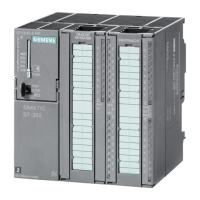
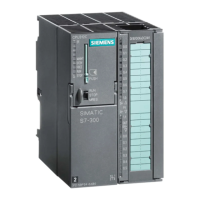
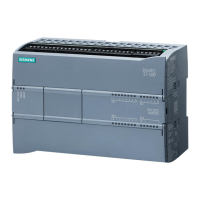
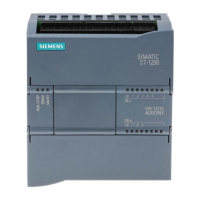
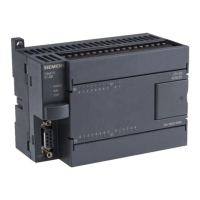


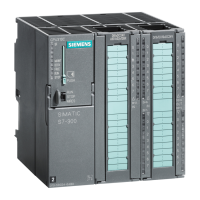
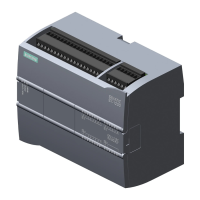
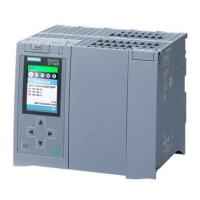
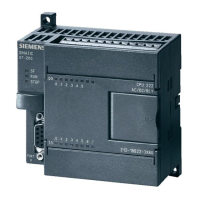
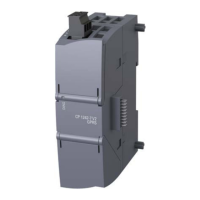
